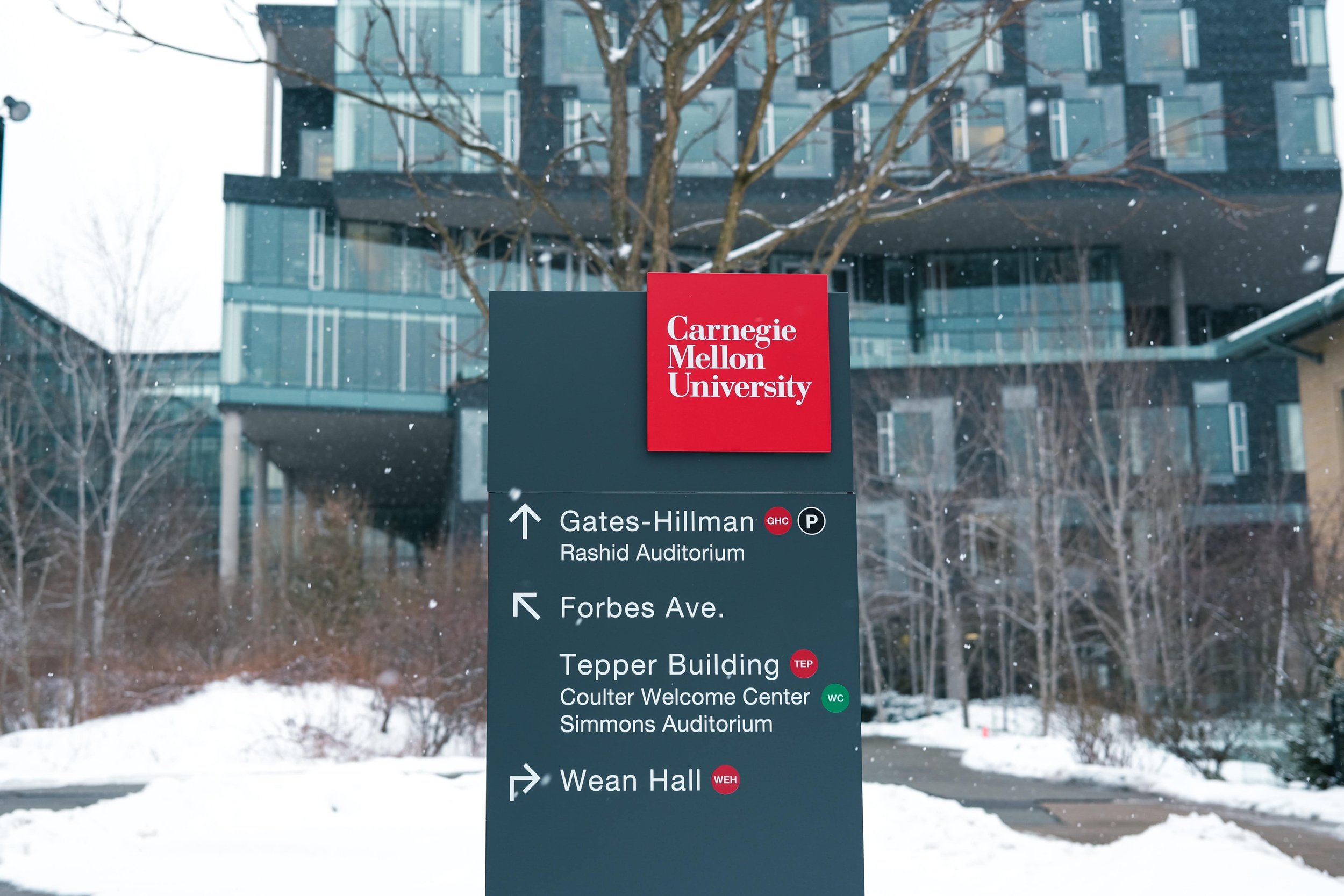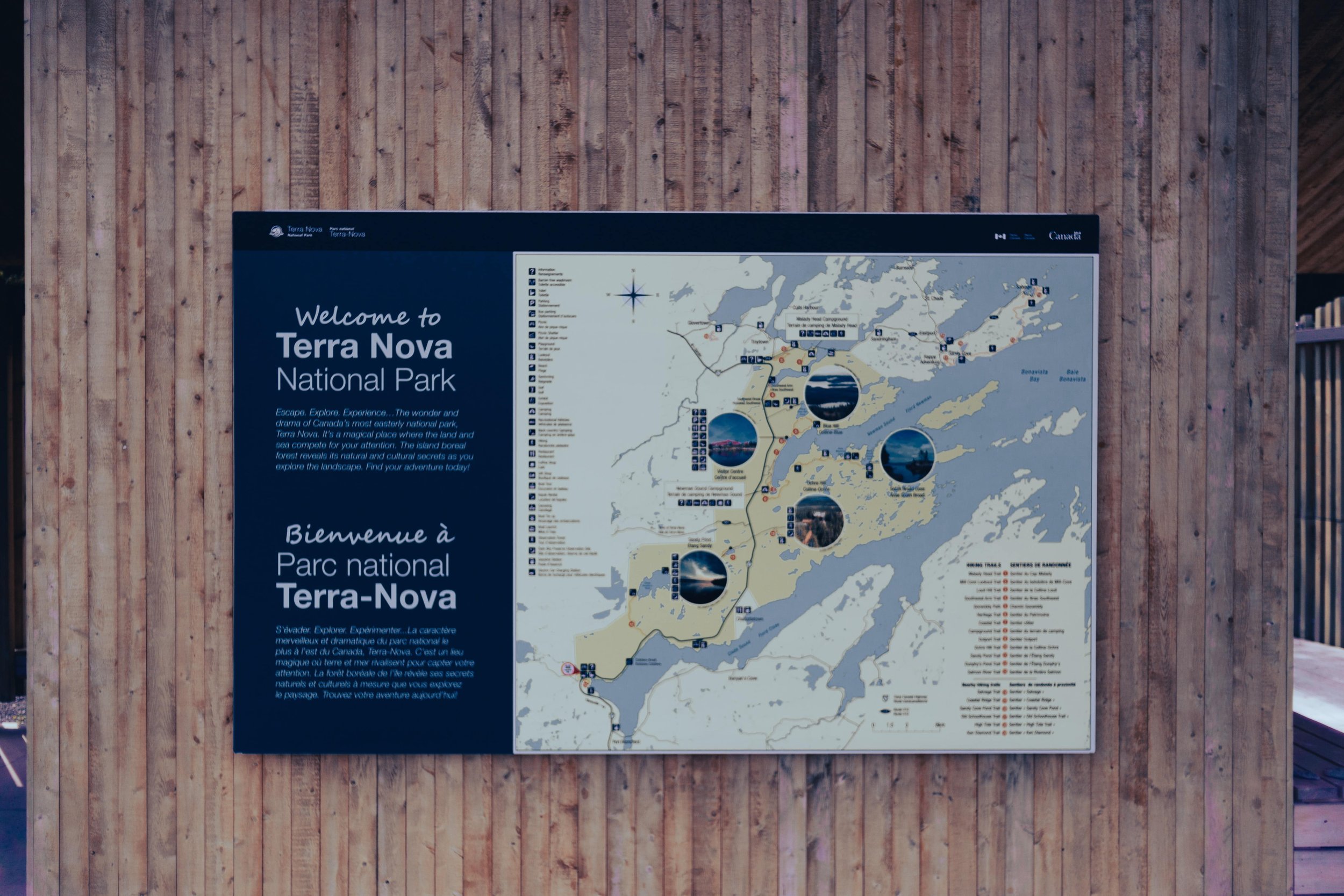Wayfinding what is it and how do we achieve it?
1. Creating an identity at each location
2. Use landmarks to provide orientation cues
3. Create well-structured paths
4. Create regions of differing visual character
5. Don’t give the person too many navigational choices
de Fiddes drew on their in-house design, clinical and specialist accessorising domains to provide effective wayfinding solutions in their projects and due to the popularity, have now reached the stage where wayfinding is offered as a specific service. There are many subtleties that promote wayfinding and our knowledge and expertise, particularly in supporting people living with cognitive impairment or with dementia, puts us in good stead to assist you with any wayfinding challenges you may experience. Call or email any member of the team to find out more.
References
1. Neylon, S., Bulsara, C., & Hill, A-M. (2019). Improving Australian residential aged care facilities: A review of minor refurbishment elements, Journal of Housing For the Elderly, 33:3, 227-243, DOI: 10.1080/02763893.2018.1561591
2. https://segd.org/what-wayfinding
3. https://mxdisplay.co.uk/five-core-wayfinding-principles/
4. Mishler, A.D. & Neider, M.B. (2017). Improving wayfinding for older users with selective attention deficits. Ergonomics in Design, 25(1),11-16. doi:10.1177/1064804616659992





